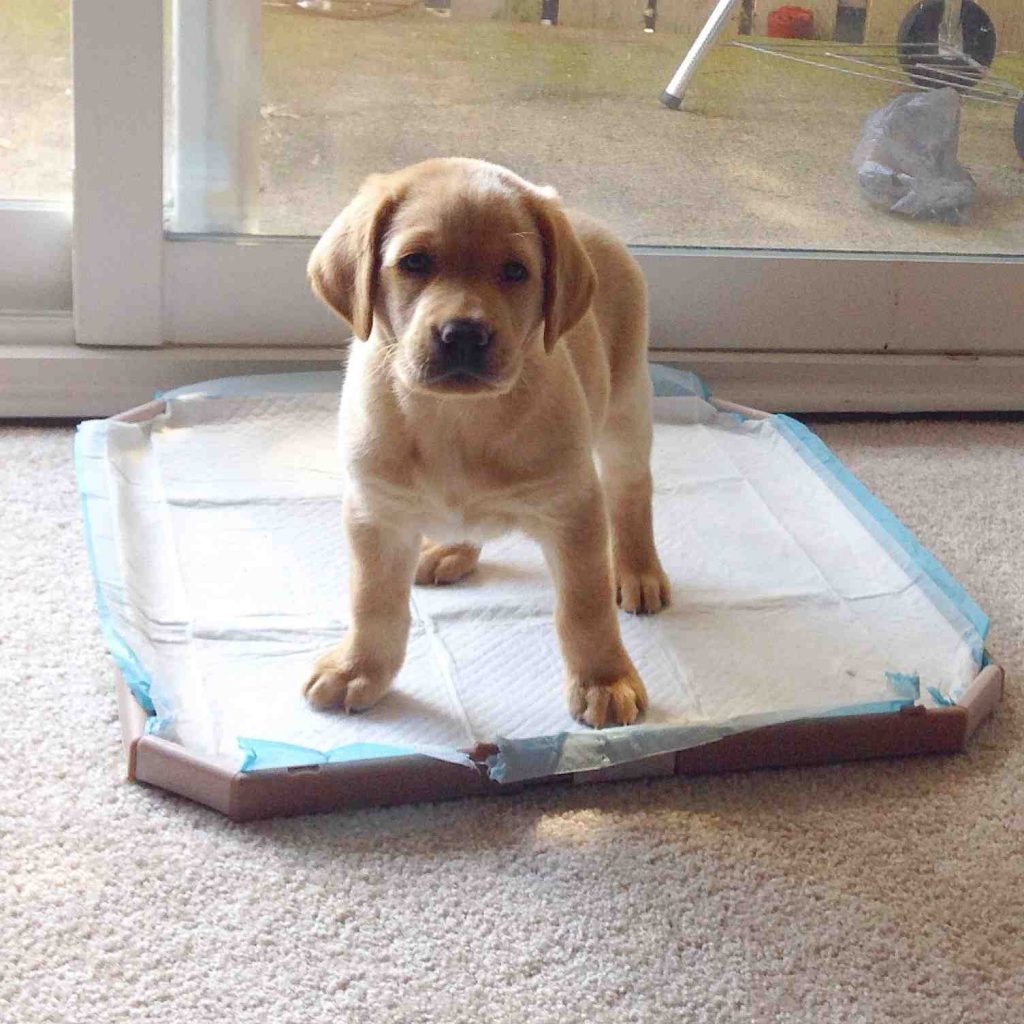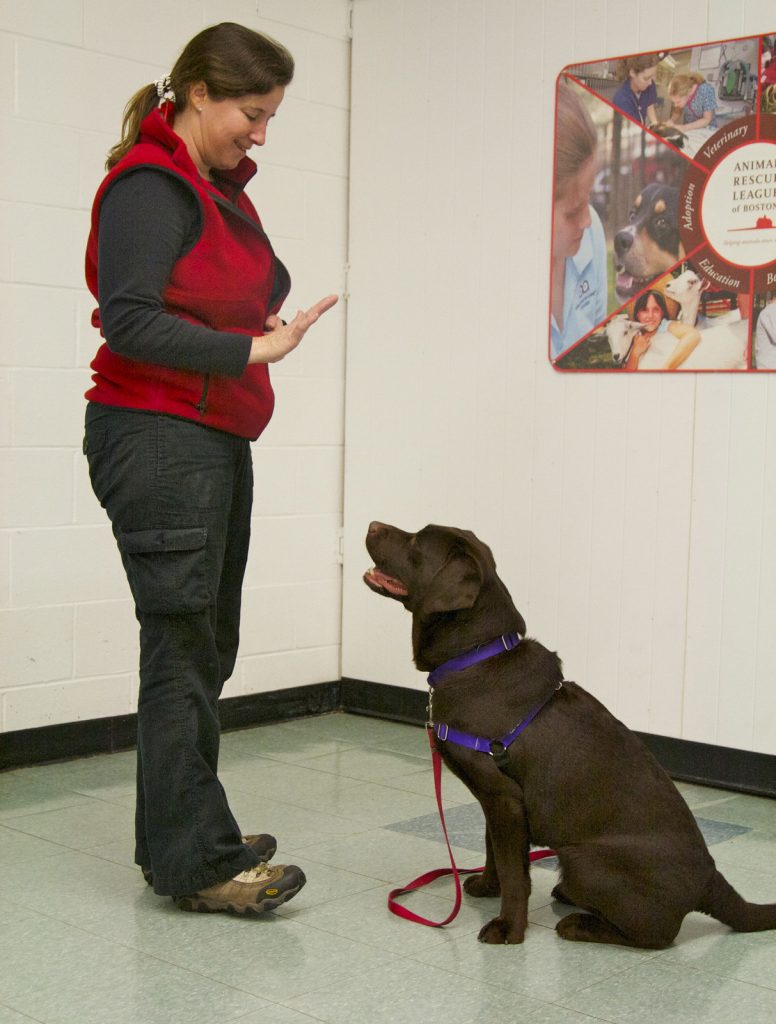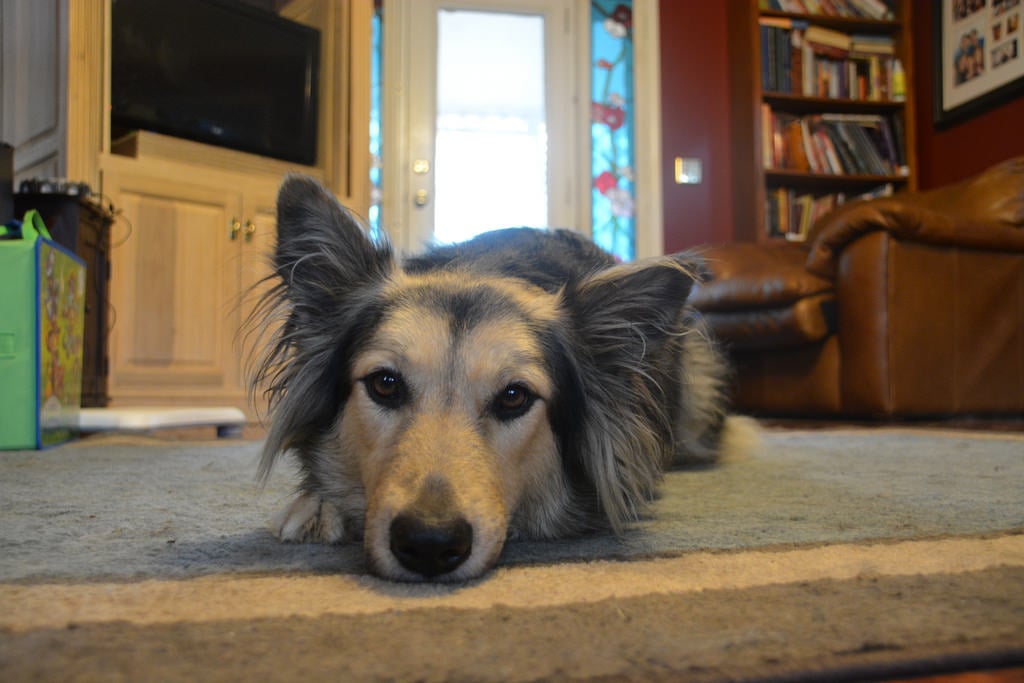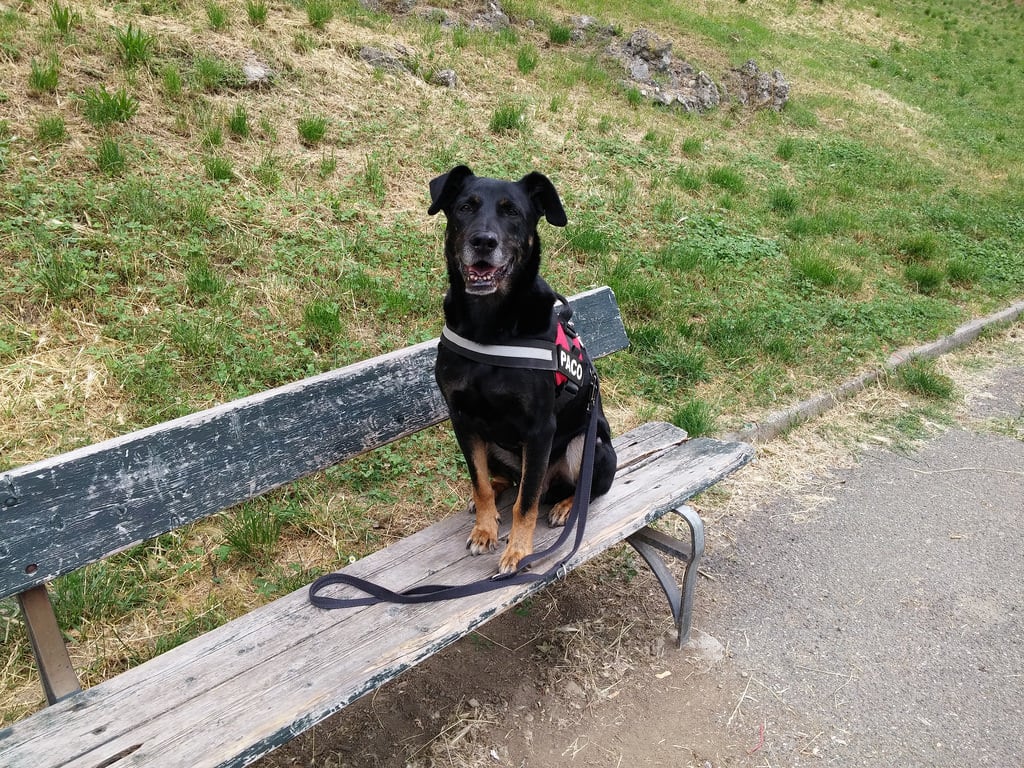Dog training is a lifelong process, but some skills are more important than others. Think of mastering these essential dog training skills as laying the foundation, and preparing your dog for a lifetime of good behavior and companionship.
Whether you just brought home a puppy, adopted a shelter dog, or want to brush up your old dog’s training, these are the absolute most important skills to teach your dog (and yourself).
Before you start, it’s a good idea to review the basics of dog training: be patient, be positive, mind your body language, work in bursts (10-15 minute training sessions at a time), and add variety to help your dog respond reliably in any situation.
House Training

VIA REDDIT
Potty training is all about consistency, patience, and positive reinforcement. Start with the basics:
- Supervise your dog. When you’re just starting to house train her, limit her access to other parts of the house, whether that means closing off doors to bedrooms or crate-training so she has her own space.
- Set a routine. Dogs are creatures of habit. By feeding your dog at the same time each day and offering regularly spaced walks and outside potty breaks, you can condition her to “go” at set times each day.
- Never punish your dog for eliminating indoors. Accidents happen, and dogs don’t understand cause and effect the same way people do. Clean up the mess, remind yourself that it will get better the more consistent you are and move on.
- Reward your dog for getting it right. Give her a treat as soon as she goes potty in the designated spot.
For more detailed tips on housetraining a puppy or dog, check out this trainer’s complete guide.
Successful dog training is all about consistency, patience, and positive reinforcement.
Come
Coming when called is one of the most important skills for your dog to have on lock, because it can keep her safe in potentially dangerous situations. “Make it a party” every time your dog comes when called. No matter what they’re leaving behind, coming to you should be the best thing that happens to them all day!
To train your dog to come when called, start on leash in a quiet area. Back away from your dog while enthusiastically telling her to “come!” Only give the command once, but be enthusiastic, and keep your body language relaxed and open. You can show your dog a treat to encourage her to head your way. Once she starts towards you, say “yes!” (or click) and reward her with a treat.
Over time, you can gradually increase the distance between you and your dog, and start practicing in a variety of situations. View our trainer’s guidefor more tips to teaching your dog to come when called.
Stay
Teaching your dog to “stay” isn’t only about getting them to sit still. Like “come,” it’s a command that can keep her safe from harm.

VIA ANIMAL RESCUE LEAGUE BOSTON
Build on your dog’s “stay” skills with the Three D’s of training:
- Distance
- Duration
- Distraction
Start up close to your dog, placing her in a sit or down position. Hold a hand out toward and say “stay.” After a moment, reward her. Repeat this until your dog gets the idea that she’ll get a treat if she holds her sit or down position.
Over several training sessions, increase your distance from your dog and the duration before you release her, and introduce distractions to test her resolve. Visit this puppy training guide for more detailed instructions.
Remember the three D’s of training: distance, duration, and distraction
Leave It
The “leave it” command is another essential for keeping your dog safe, whether from something they might pick up and swallow or another dog growling at them from across the street. It’s also a skill that takes time and consistency to master, so be sure to take it in gradual steps, building on the three D’s mentioned above.
To teach “leave it,” start with a treat in hand and your dog in a sit or down position:
- Show your dog the treat, say “leave it,” then place it under your shoe.
- Wait. Your dog will try to get the treat — sniffing, licking, even pawing at your foot. Let her try. When she eventually gives up, immediately say “yes!” and give her a treat from your hand (not the one still under your shoe!)
- Repeat. Your dog may go back to sniffing around your foot; as soon as she stops and looks away, mark the desired behavior with “yes” or a click, and reward.
Once your dog has mastered the art of ignoring a hidden treat, you can work up to a treat in plain view, and eventually “leaving” more compelling distractions. Then, put the training in motion by asking her to walk past and “leave” other the floor. See this article from trainer Shoshi Parks for detailed instructions.
Sit
Useful in so many situations, “sit” is often the first command dogs learn. In fact, most dogs “sit” on their own, so all you have to do is connect the command to the behavior.
First, while your dog is in a standing position, hold a treat in front of her nose and raise it slowly towards the back of her head. When her head follows the treat up, her butt will go down. Once her butt hits the floor, say “yes!” and give her the treat.
Once your dog is sitting reliably with the treat lure, you can transition to a hand signal and verbal command. View the above video from the AKC for a clear explanation of the whole process.
Most dogs ‘sit’ on their own, so all you have to do is connect the command to the behavior
Down

VIA FLICKR/106635966@N07
Like “sit,” you can start training your dog the “down” cue with a treat lure.
- Start with your dog sitting in front of you
- Hold a treat near her face.
- Move the treat straight down to the floor, and then slowly away from the dog. She will follow the treat by moving her front feet forward, eventually lying down.
- Be clear with your movements, and be patient! Once your dog lies down, say “yes!” and give her the treat.
- Repeat.
Settle

VIA FLICKR/WILDSTRAY
Teaching your dog to “settle” on command is an awesome way to help an anxious or fearful dog manage emotional reactions. As with sitting, settling is something dogs do on their own. Your job here is to connect a cue to a familiar behavior.
To start training your dog to “settle,” leash her up and take a seat. Step on the leash so your dog has only enough room to sit, stand, and turn around, but not stray from your side. Then, wait. Your dog may be excited at first, and try to jump up on your lap or run around the room. Let her figure out that she can’t go anywhere. Once she settles down on her own, say “yes!” and give her a treat.
After your dog is settling on her own, it’s time to add in the cue. You’ll start by saying it after your dog is already settling, then gradually “back up” the cue to the beginning of the process.
The “settle” command helps anxious or fearful dogs manage their emotional reactions.
Laying a solid training foundation will make life with your dog easier and more fun. If you’re not sure where to start, sign up for an in-person obedience class; there’s no better way to train your dog than to practice with an expert IRL. You can also follow any of the helpful links above, and check out our blog archives for additional tips and tricks.
Top image via flickr/quinndombrowski
Original Post: https://www.rover.com/blog/important-dog-training-skills/